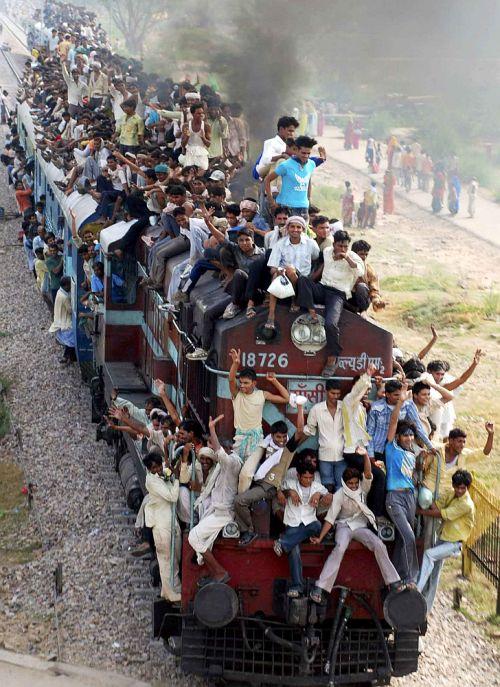
Population Growth
One of the crucial settings of the world’s dramatic population growth during recent decades has been India.
From 1960 to 2000 the country’s population more than doubled - from 448 million to 1.04 billion - and increased to 1.27 billion by 2013. India is home to 17.5 per cent of the world’s population.
Between the 2001 and 2011 censuses India grew by 181 million people, nearly the entire population of Pakistan.
However, the growth rate actually fell by nearly 4 per cent from 2001 to 2011, the largest decline since independence in 1947.
Looking ahead, Indian demographer K S James from the Institute for Social and Economic Change in Bangalore says that the Indian population “is likely to grow substantially for the coming few decades... [and] touch 1.7 or 1.8 billion. Stabilisation will come only after 2050-2070.”
such stories Click Here!
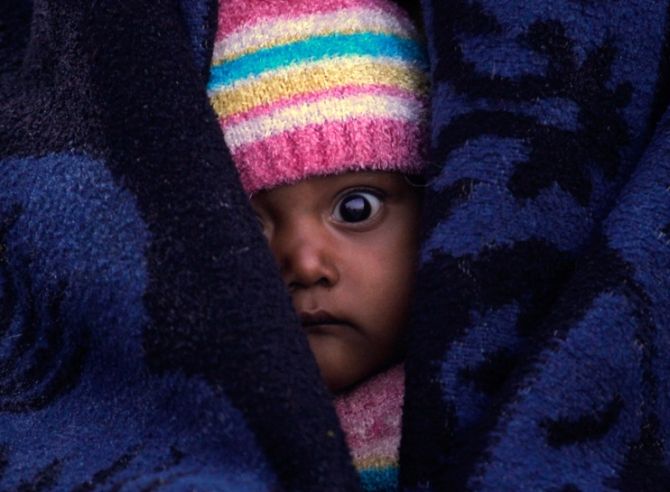
Falling Birth Rate
Why is India’s population growth rate declining? Because Indians are having fewer children.
Indian women now have on average 2.5 children, not far off ‘replacement level’ fertility of 2.1 children per woman.
Strong family planning policies and increased acceptance of contraception, particularly female sterilisation, help explain this trend.
However, there are large differences in fertility between states like Punjab, West Bengal and Tamil Nadu where couples have on average 1.7 children and some of the most populous states like Bihar and Uttar Pradesh where women give birth to over three children.
such stories Click Here!

Longer Lives
Life expectancy has nearly doubled in India since the 1950s, from 38.7 for men and 37.1 for women to 64.4 for men and 67.6 for women today. Indians lived eight years longer in 2009 than they did in 1990, according to the World Health Organisation.
The death rate has been in accelerated decline since independence in 1947 while infant mortality, at around 44 per 1000 live births in 2013, has fallen from 200-225 in 1947 and continues to fall.
This mortality decline was not accompanied by a falling birth rate until the 1970s. That lag was one factor in India’s explosive population growth. But longer lives mean more chronic and age-related diseases, and India faces a huge challenge caring for its elderly.
such stories Click Here!
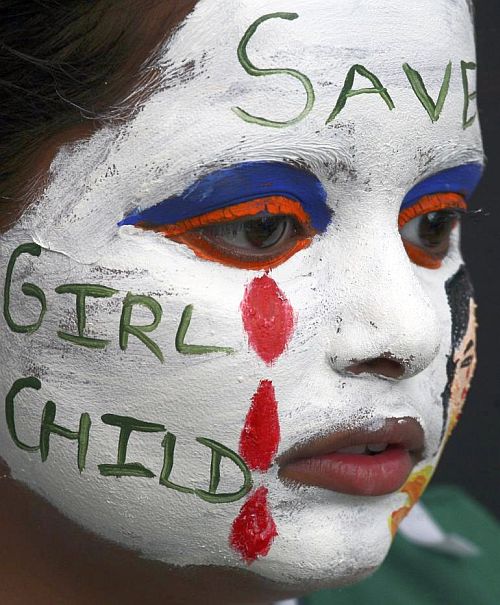
A Man’s World
Indians are having fewer girl children. The 2011 census revealed there were 914 girls for every 1,000 boys born - a sharp fall since 2001 when the ratio was 933 girls to every 1000 boys.
Sex ratios are often worst in urban, affluent areas with educated populations says Prof. Neelambur Hatti of the Department of Economic History at LundUniversity.
He blames the increase in sex selective abortions on a combination of traditional son preference, affordable ultrasound scans, and the perceived costs and risks of educating a girl.
such stories Click Here!
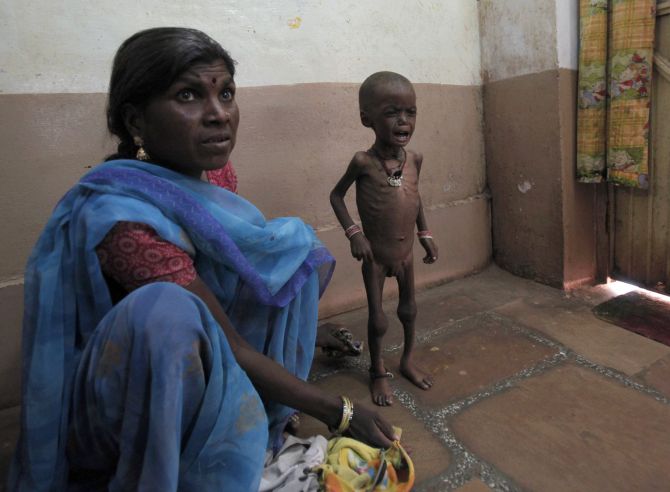
Vulnerable Children
In India, around 48 per cent of all children below the age of five are too small for their age, according to UNICEF, which blames not just poor nutrition but also inadequate healthcare and hygiene.
Undernutrition limits development and the capacity to learn and so will have huge knock-on effects for Indian society and the economy.
Only if solid education and healthcare are provided can India benefit from its youthful population.
Indian children are also vulnerable to widespread abuses including ‘child labour, child trafficking and commercial sexual exploitation’, warns UNICEF.
such stories Click Here!

Demographic Bonus: Baby Boom Generation
India is now a world economic power thanks in part to its large proportion of working-age people compared to dependents (children and elderly): about 64 per cent of the population is in the 15-64 age group. For example, India has the third largest scientific and technical work force in the world.
This demographic bonus should continue for several decades before India starts aging, but it relies on providing proper education and jobs for these people.
Whether India can take full advantage of its demographic potential or not depends a lot on whether it can continue to improve literacy rates and the welfare and status of women and children.
such stories Click Here!
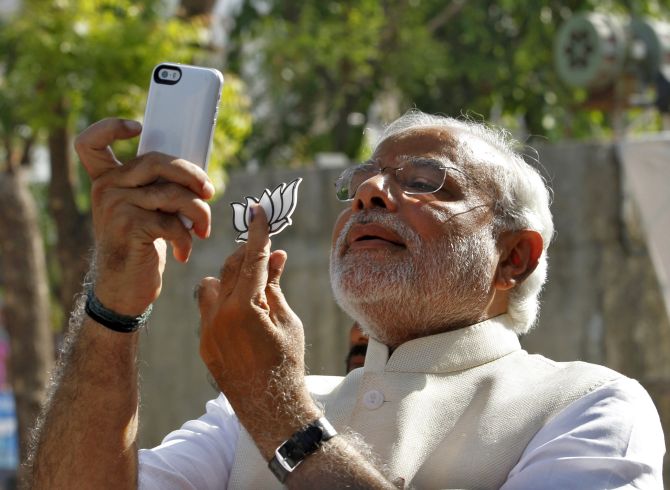
More Mobiles than Toilets
Not surprisingly considering its relative youth, growing population and economy India is the world’s fastest growing mobile phone market.
In 2013, an average of 12 million new subscribers joined every month and as of October 2013 India had about 875 million subscribers, equating to over 70 per cent of the population.
Mobile phones provide vital communications links for farmers and city traders alike, and give many Indians their first taste of the Internet.
On the other hand, such developments can be misleading. Far more people have access to a mobile than to a toilet. There are still about 650 million Indians without adequate toilets.
such stories Click Here!
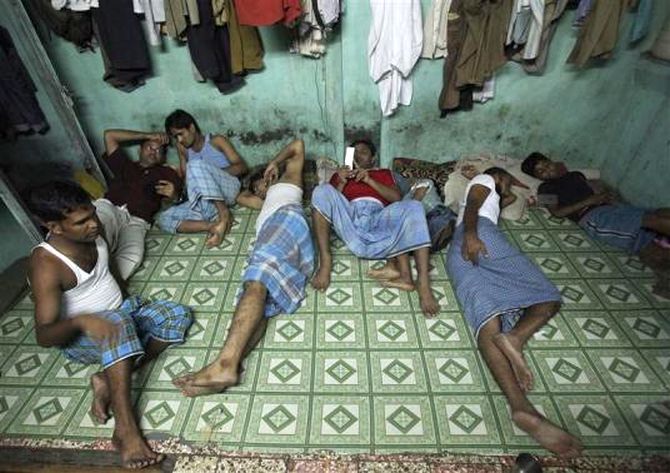
Rural-Urban Migration
About 70 per cent of the Indian population still lives in the countryside but every year 10 million more people move to the cities in search of work, a trend that Indian demographer K.S. James expects to continue because of “the agricultural crisis in the countryside and more educated people moving to urban areas.”
such stories Click Here!

Slumdog Millionaire in Ruins
The Indian Government reports that one in six urban Indians (64 million people) lived in slums in 2011.
According to the latest census data, the population of Mumbai is more than 20.5 million and, due to a lack of space, 41 per cent of people live in slums.
It is also one of the world's most densely populated cities, with 20,482 people per square kilometre.
such stories Click Here!
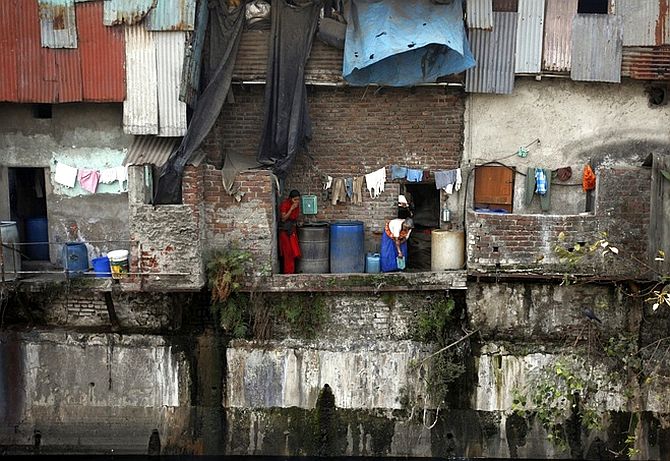
Urbanisation Improves Equality
Even slums can offer chances that rural areas don’t have. The relative anonymity of cities means women and those at the bottom of India’s complex caste hierarchy have more opportunities for education and jobs.
Urbanisation helped improve literacy rates considerably among children (7+ yrs) from 65 per cent in 2001 to 74 per cent in 2011.
This has an impact on fertility rates, as does the increased cost of city life and reduced living space.
As women enter the labour force birth rates tend to drop. Urban infrastructure with better technology and doctors also increases the availability of healthcare.
such stories Click Here!
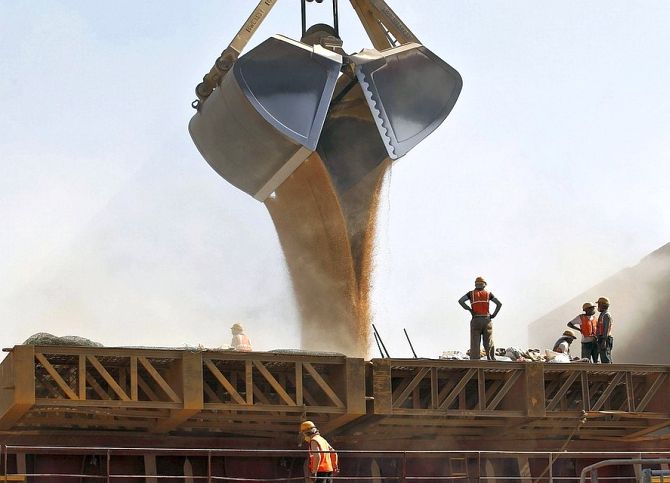
Government Policies
India’s five-year plans for infrastructure that started in the early 1950s have altered from a predominantly rural to an urban emphasis.
The current plan, which ends in 2017, earmarks more than $1 trillion for electricity, highways, railways, and urban infrastructure including housing.
The largest infrastructure project in India, the so called Golden Quadrilateral, is a brand new highway connecting the country’s four largest metropolises Delhi, Mumbai, Chennai and Kolkata over a total length of 5,846kms.
The four-lane highway is supposed to be expanded into a six-lane highway by the end of 2014.
such stories Click Here!
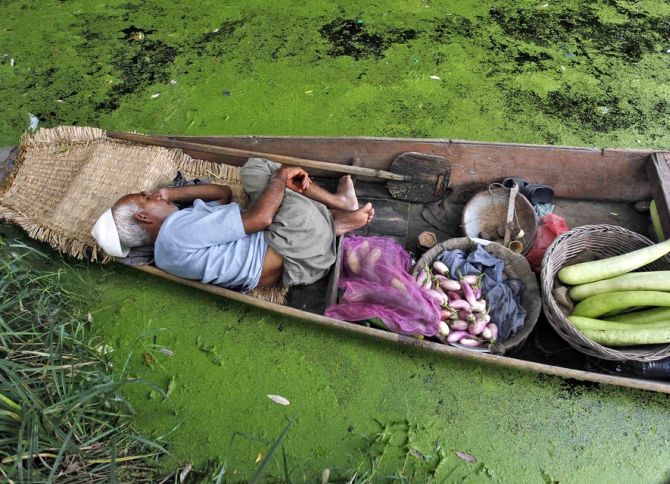
Environmental Degradation
The rapidly growing population and increasing industrialisation of India’s economy and its agriculture is heavily depleting the country’s natural resources.
India is the largest user of groundwater in the world, with more than 60 per cent of irrigated agriculture and 85 per cent of drinking water supplies dependent on groundwater.
In 2009, satellites examined an area stretching 2000km from eastern Pakistan across northern India and into Bangladesh and found that groundwater was being pumped out 70 per cent faster between 2000 and 2010 than was estimated in the mid-1990s.
India's farmers not only face falling water levels but declining runoff from melting glaciers, loss of farmland due to urbanisation, the effects of climate change, and the ever rising price of fuel and fertilizer.
India's growing water shortages are a potential dangerous trigger for wider social unrest.
Powered by ![]() To read more such stories Click Here!
To read more such stories Click Here!